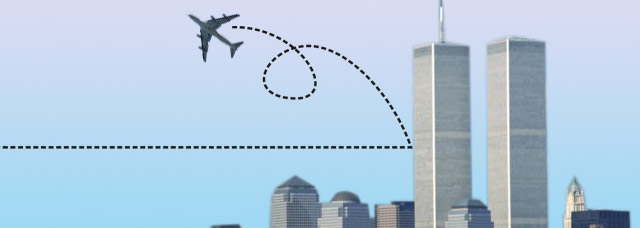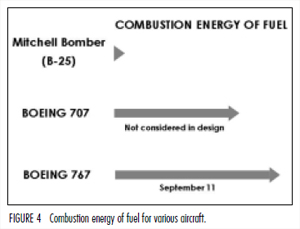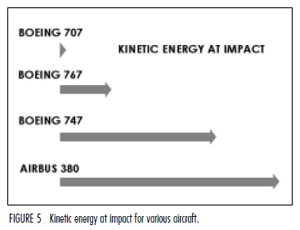Using 911facts.dk

How do you get the most out of this site?
Truth Movement
Publications
Booking

We are available for booking a lecture or a workshop here.

The Twin Towers could withstand passenger planes

Claim
World Trade Center 1 and 2, also known as the Twin Towers, were designed to withstand the impact of modern passenger planes0.Background
If the Twin Towers could withstand an impact from a Boeing plane, the reason for the collapse of the buildings must be that the buildings were brought down with previously placed explosives and nanothermite.Facts
The National Institute of Standards and Technology (NIST) described in their preliminary report from 2004 (Progress Report) what their goals and scope were for investigating the World Trade Center 1, 2 and 7. The report concluded that buildings are not generally designed to withstand impact from commercial passenger planes filled with jet fuel. Some documents, from the Port Authority of New York and New Jersey, indicate the possibility of a tower being able to withstand an impact from a Boeing 707, hypothetically hitting the 80th floor at about 950 km/h. Boeing 707 was the largest passenger plane in 1964 when the buildings were designed.The following must be considered when reviewing the interim findings 1:Leslie E. Robertson, one of the engineers who designed the Twin Towers, wrote in his article Reflections on the World Trade Center 2:
- Buildings are not specifically designed to withstand the impact of fuel-laden commercial airliners. While documents from the Port Authority of New York and New Jersey (PA NY NJ) indicate that the impact of a Boeing 707 flying at 600 miles per hour, possibly crashing into the 80th floor, was analyzed during the design of the WTC towers in February/March 1964, the effect of subsequent fires was not considered. Building codes do not require building designs to consider aircraft impact.
- Buildings are not designed for fire protection and evacuation under the magnitude and scale of conditions similar to those caused by the terrorist attacks of Sept. 11, 2001.
- The load conditions induced by aircraft impact and the extensive fires on Sept. 11, 2001, which triggered the collapse of the WTC towers, fall outside the norm of design loads considered in building codes.
- Prior evacuation and emergency response experience in major events did not include the total collapse of tall buildings such as the WTC towers and WTC 7 that were occupied and in everyday use; instead, that experience suggested that major tall building fires result in burnout conditions, not global building collapse.
- The PA NY NJ was created as an interstate entity, under a clause of the U.S. Constitution permitting compacts between states, and is not bound by the authority of any local, state or federal jurisdiction, including local building and fire codes. The PA NY NJ’s long-standing stated policy is to meet, and where appropriate, exceed the requirements of local building and fire codes.
The two towers were the first structures outside of the military and nuclear industries designed to resist the impact of a jet airliner, the Boeing 707. It was assumed that the jetliner would be lost in the fog, seeking to land at JFK or at Newark. To the best of our knowledge, little was known about the effects of a fire from such an aircraft, and no designs were prepared for that circumstance. Indeed, at that time, no fireproofing systems were available to control the effects of such fires.He also showed that the released energy from the impacts far exceeded what was estimated could happen:
 |
 |
 |
 |
Logic
The claim ignores the reason for the collapses, namely the large fires. The focus is instead turned to one type of plane and a situation that is not comparable to what happened on September 11, 2001. It is illogical to plan and carry out a terror attack with the intent of destroying the World Trade Center 1, 2, and 7, by using planes, if the towers were designed to withstand such impacts.Conclusion
The claim is therefore:- Undocumented
- Illogical
- Misleading
Sources
- Twin Towers’ Designers Anticipated Jet Impacts Like September 11th’s, 911research.wtc7.net
- Key Findings of NIST’s June 2004 Progress Report on the Federal Building and Fire Safety Investigation of the World Trade Center Disaster
- Reflections on the World Trade Center, Robertson, Leslie, National Academy of Engineering, Vol 32. N.1, 2002
Q & A

